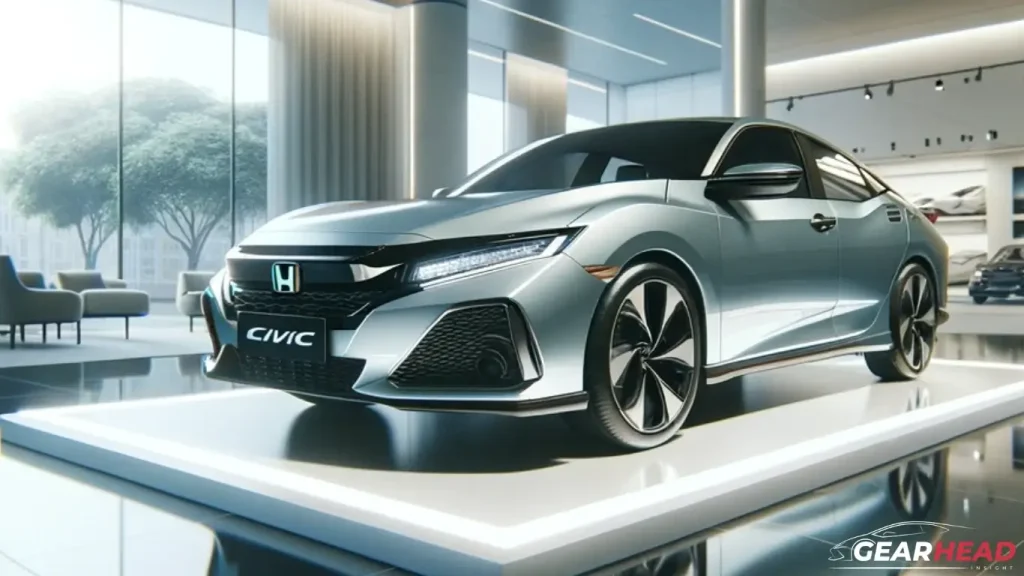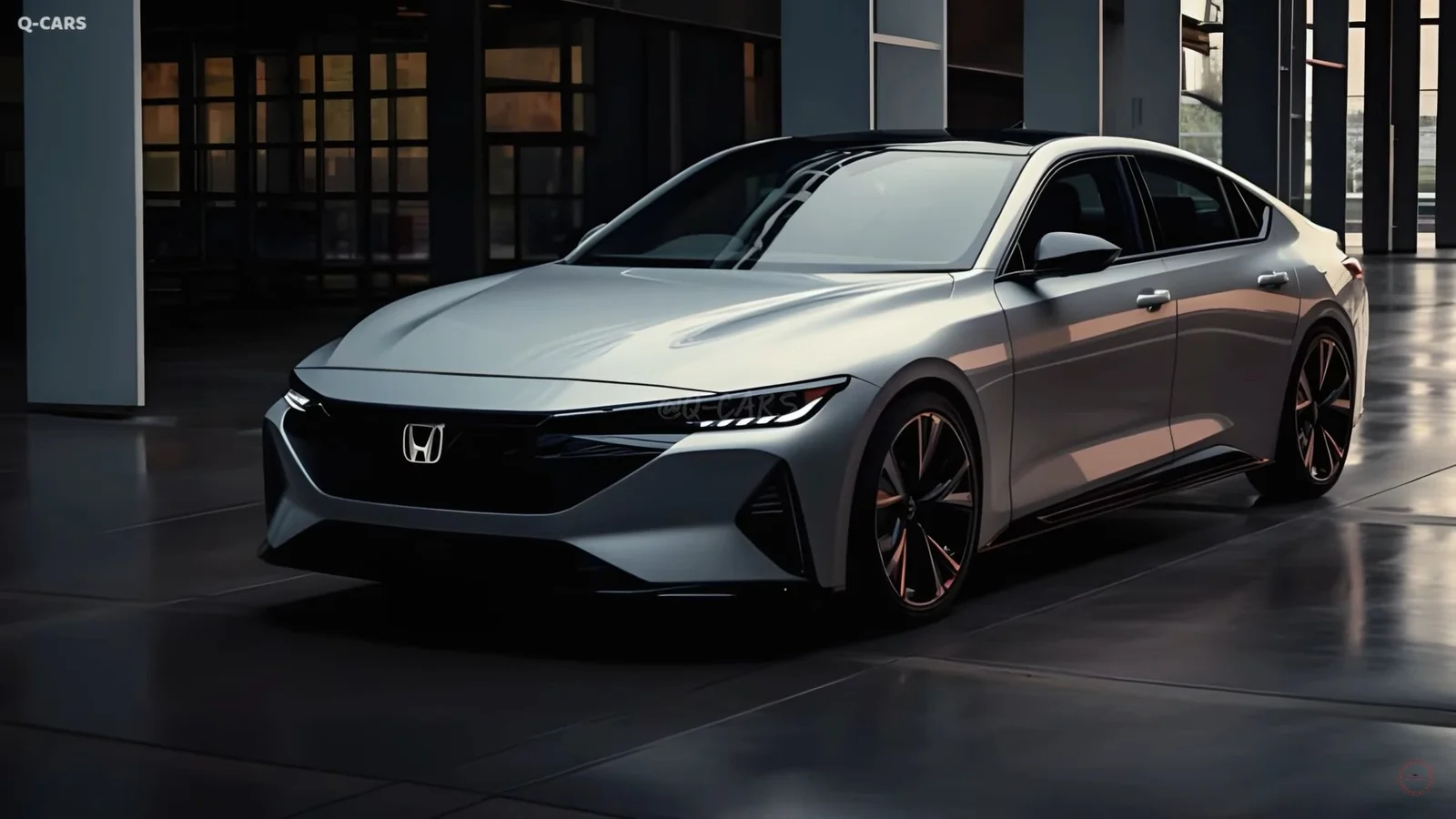Common Honda Civic Maintenance Issues | Troubleshooting & Solutions (2025)
🚗 Overview: Is the Honda Civic Still a Reliable Choice?
The Honda Civic has earned a reputation as one of the most reliable and economical compact cars in the world. Known for its fuel efficiency, long life, and low cost of ownership, the Civic remains a top pick for drivers in 2025. But like any vehicle, regular wear and tear can lead to maintenance issues over time—especially as mileage builds.
In this in-depth guide, we’ll explore the most common Honda Civic maintenance issues, covering:
- Engine problems
- Brake system wear
- Transmission issues
- Electrical faults
- Suspension wear
And how you can prevent costly repairs with smart maintenance.

🔧 Common Honda Civic Maintenance Issues – Full Owner’s Guide
⚙️ 1. Engine Oil Leaks & Gasket Wear
One of the most common problems in older Honda Civics (especially 2010–2016 models) is engine oil leaks. These often originate from:
- Worn valve cover gaskets
- Failing oil pan gaskets
- Leaky camshaft seals
Symptoms include:
- Burning oil smell
- Oil spots under the car
- Low oil levels between changes
🔧 Solution:
Regular oil checks and gasket inspections every 30,000 miles. Replace gaskets at first sign of leakage to avoid deeper engine damage.
🛑 2. Brake System Wear
Honda Civics are light and nimble, but frequent city driving leads to faster brake wear.
Common issues include:
- Premature brake pad wear
- Warped brake rotors
- Sticking calipers in older models
If you hear squealing, grinding, or feel vibration when braking, it’s time for a brake check.
🔧 Solution:
- Replace pads every 25,000–40,000 miles
- Inspect rotors and flush brake fluid every 2 years
🔄 3. Transmission Issues (CVT & Automatic)
Later Civic models (2016 onward) with CVT (Continuously Variable Transmission) sometimes face:
- Delayed acceleration
- Shuddering at low speeds
- Whining noises
Earlier automatic Civics may suffer from:
- Hard shifting
- Transmission fluid overheating
🔧 Solution:
- Change CVT fluid every 30,000–60,000 miles
- Use only Honda-recommended transmission fluids
- Avoid aggressive driving to prolong transmission life
🔋 4. Electrical Glitches
While modern Civics offer excellent tech, electrical problems can crop up, especially in higher trims with more features.
Frequent complaints include:
- Dashboard warning lights flickering
- Failing power windows or door locks
- Malfunctioning touchscreens or Bluetooth connections
🔧 Solution:
- Inspect battery health and alternator output
- Check fuses and wiring connections
- Keep infotainment systems updated with Honda firmware
🚙 5. Suspension & Steering Wear
Honda Civics are built for comfort, but with age and rough roads, suspension components take a hit.
Common symptoms:
- Clunking over bumps
- Loose-feeling steering
- Uneven tire wear
Components that often need attention:
- Ball joints
- Control arms
- Tie rod ends
- Struts or shocks
🔧 Solution:
- Inspect suspension at 60,000-mile intervals
- Rotate tires every 5,000–7,500 miles
- Realign wheels annually to prevent uneven wear
🧊 6. Air Conditioning or HVAC Failures
Some Civic models, especially 2016–2019, have known issues with AC compressor failures or weak airflow.
Symptoms:
- Warm air from vents even when AC is on
- Strange noises when fan is running
- Uneven cabin cooling
🔧 Solution:
- Replace cabin air filter annually
- Recharge AC refrigerant as needed
- If airflow drops, inspect the blower motor and compressor
🧠 7. Timing Belt or Chain Concerns (Older Models)
Civics from earlier generations (pre-2005) used timing belts, which need replacement around 100,000 miles. Newer Civics use timing chains, which generally last longer but can wear with neglect.
🔧 Solution:
- If your Civic has a timing belt, replace it per the maintenance schedule
- Listen for rattling noises at startup on chain-equipped models—this can signal a worn chain or tensioner
💡 Honda Civic Maintenance Tips for Longevity
To avoid these common issues, stick to a preventive maintenance schedule:
| Maintenance Item | Recommended Interval |
|---|---|
| Engine Oil & Filter | Every 5,000–7,500 miles |
| CVT Transmission Fluid | Every 30,000–60,000 miles |
| Brake Fluid | Every 2 years |
| Coolant | Every 100,000 miles |
| Air Filters | Every 15,000–30,000 miles |
| Spark Plugs | Every 100,000 miles |
🧰 Use genuine Honda parts and qualified technicians when possible.
🔍 Are Certain Years More Problematic?
Yes, according to owner feedback and repair statistics:
- 2006–2009: Known for cracked engine blocks (covered by warranty extension)
- 2016–2018: CVT transmission concerns and AC compressor failures
- 2012: Some models reported poor interior build quality and steering issues
📌 Tip: Always check for recalls or TSBs (Technical Service Bulletins) before buying or servicing.
❓ FAQ Section- Common Honda Civic Maintenance Issues
🔎 Is the Honda Civic reliable long-term?
Yes. The Honda Civic is known for excellent long-term reliability, especially with routine maintenance. Many Civics exceed 200,000 miles with proper care.
🔎 What is the most common problem with Honda Civics?
The most commonly reported issues include brake wear, CVT transmission shudder, and oil leaks from aging gaskets.
🔎 How often should I service a Honda Civic?
- Oil change: every 5,000–7,500 miles
- Transmission fluid: every 30,000–60,000 miles
- Brake inspection: at least once per year
🔎 Do Honda Civics have transmission problems?
Some CVT-equipped models from 2016–2020 have shown shuddering or slow acceleration, often resolved by fluid changes or reprogramming.
🔎 Are Honda Civics expensive to maintain?
No. The Civic is one of the cheapest cars to maintain, with low parts costs and fewer major breakdowns compared to rivals.
🔑 Recommended- automotive parts
- Set of 5 Quarts Automatic Trans Fluid HCF-2
- Genuine Honda ® OEM Parts, Maintenance Tune Up Kit
- ECOGARD XA10496 Premium Engine Air Filter Fits 2016-2025 Honda Civic
🏁 Final Thoughts
The Honda Civic remains a top-tier compact car, even in 2025, offering great value, strong fuel economy, and durability. Like any vehicle, it’s not immune to routine wear and model-specific issues, but with the right care, your Civic can last well beyond 200,000 miles.
Knowing the most common maintenance issues—like oil leaks, transmission wear, and brake problems—empowers you to fix small issues before they become expensive repairs.
If you’re a Civic owner or shopper, bookmark this guide as your go-to resource for long-term reliability.
To learn more, click here.







